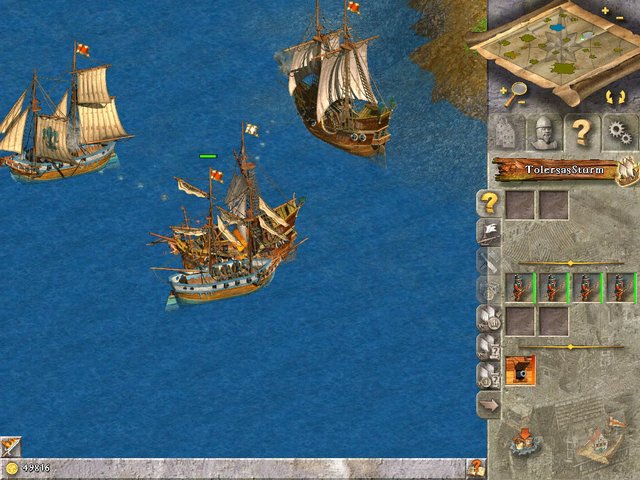
Sword smith, Castle, Wall, Gate, Watchtower, City gate, Wooden watchtower, Square I.Ĭotton plantation, Weaving mill, Tailor, Cocoa plantation.Ĭollege, Goldsmith, Square II, Square III, Ornamental tree, Warehouse IV. Winery, Sugarcane plantation, Distillery, Tobacco plantation, Tobacco products, Spice plantation. Warehouse I, House, Market place, Chapel, Dirt road, Wooden bridge, Dock, Fishers’ hut, Forester’s hut, Hunting lodge, Sheep farm, Weaving hut.įire department, Quarry, Stonemason, Cobblestone street, Stone bridge.

The final list in this appendix shows what new buildings can be constructed at different population levels (this repeats information contained in the first table): Buildings by Population Level Prerequisite The following table shows the size (in squares) and coverage/service area (square radius) of each building. Mit einem Hex-Editor sucht man im Spielstand nach dem Namen dieses Schiffes. Hierzu plaziert man ein Schiff, das mit mindestens einem Exemplar der zu vermehrenden Waren beladen ist, direkt vor seinem Kontor und speichert ab. herbeibetrügt, erklärt Sebastian Roehrig. Tobacco or Spices, Alcohol, Tavern, School.įarms (all farms require appropriate fields/resources in their service area) Anno 1602 Die Betrügereien reißen nicht ab. Population requirements can be exceeded (for example, 100 Citizens will meet any requirement that states 100 Settlers but 100 Pioneers will not meet this requirement) and the required population must be on at least one island (if you need 200 Citizens, 100 on one island and 100 on another is not sufficient). Operating costs are expressed as Active/Passive, except where both values are the same, where only one figure is given. Thanks to Mark Watson for alerting me to an earlier error.

It is based on data found at, with a few changes and additions. This table shows the requirements to construct and operate buildings, what buildings produce, and what stock level of produced items they can hold.


 0 kommentar(er)
0 kommentar(er)
